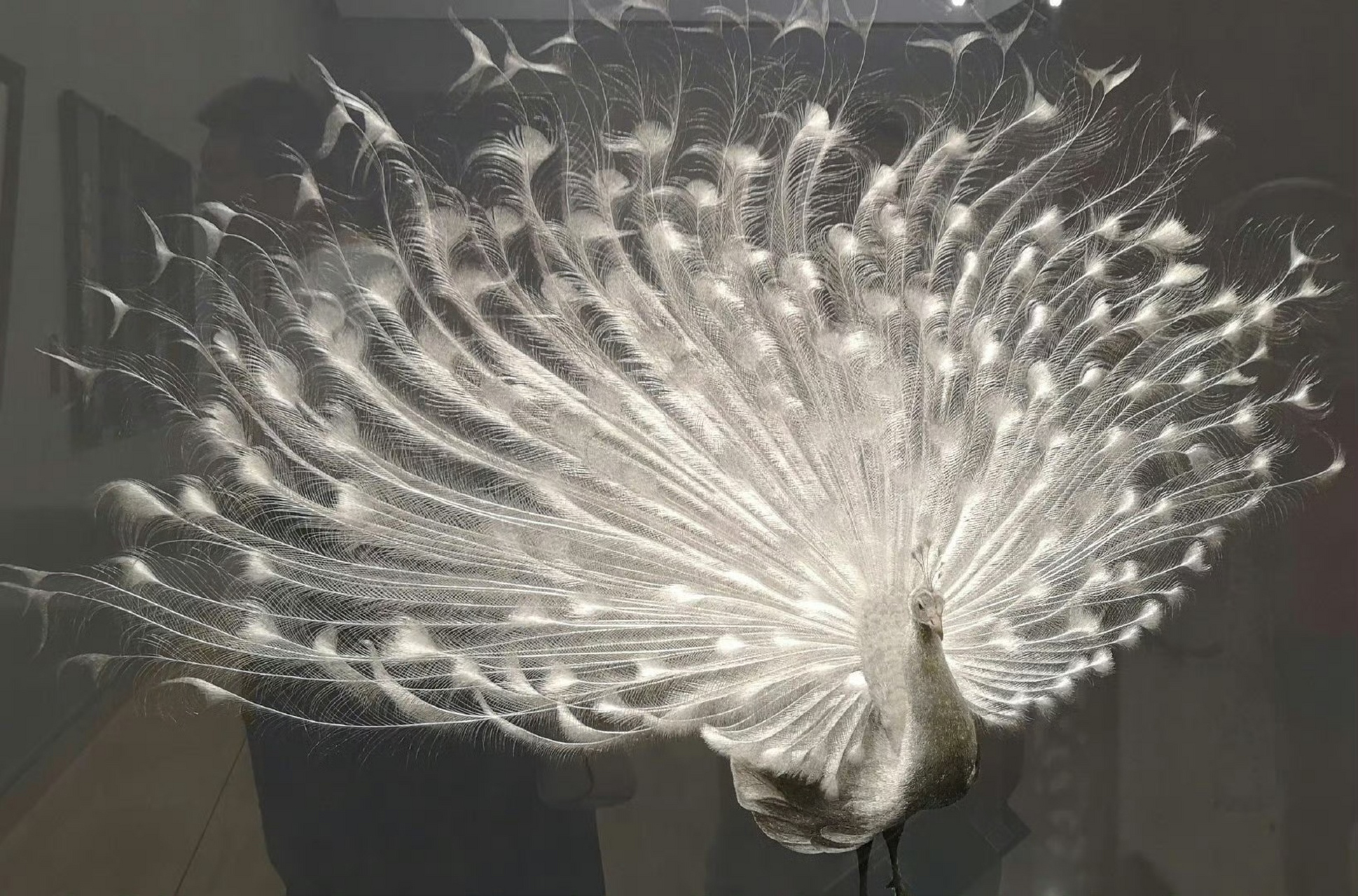The Enchanted Thread: A Journey Through China’s 2,000-Year Embroidery Legacy
Where Silk Meets Soul: The Artistry of Chinese Embroidery
For over two millennia, Chinese embroidery has transformed simple threads into tactile poetry, with each regional style telling its own visual story. From imperial dragon robes to modern haute couture, this ancient craft continues to captivate with its:
- Surgical precision (some stitches measure 0.01mm)
- Mathematical color gradations (up to 1,024 silk thread hues)
- Philosophical depth (every motif carries layered meanings)
The Four Sacred Needles: China’s Legendary Embroidery Styles
1. Suzhou Embroidery (苏绣) – The Emperor’s Choice
- Signature: “Cat’s Whisker” stitches (invisible to naked eye)
- Masterpiece: Double-sided identical embroidery with differing patterns
- Fun Fact: Requires silkworms fed only mulberry leaves for perfect thread
2. Hunan Embroidery (湘绣) – Nature’s Mirror
- Technique: “Hair-thin” splitting of silk strands (1 thread → 64 filaments)
- Specialty: Tiger portraits with 3D-effect fur using layered stitches
- Tools: Needles so fine they bend at the touch
3. Sichuan Embroidery (蜀绣) – The Panda’s Playground
- Hallmark: “Chaotic stitching” creating impressionist watercolor effects
- Innovation: Incorporating peacock feather fibers for iridescence
- Cultural Quirk: Always begins with hidden lucky knot beneath design
4. Guangdong Embroidery (粤绣) – The Golden Phoenix
- Extravagance: Gold-wrapped threads and pearl embellishments
- Daring: First to incorporate metallic sequins during Ming Dynasty
- Legacy: Inspired European goldwork embroidery techniques
The Alchemist’s Toolkit: Secrets Behind the Stitches
Thread Wizardry
- Silk Grading: From “spring cocoon” (finest) to “autumn harvest” (bold)
- Color Alchemy: Natural dyes like sappan wood (red) and gardenia (yellow)
- Modern Twist: Glow-in-the-dark threads for contemporary pieces
Needle Mathematics
- 12 primary stitch types with 89 variations
- Precision Rules:
• Straight stitches must align like “marching soldiers”
• Curves flow as “swallows skimming water”
• Crossings form perfect “snowflake intersections”
Canvas Secrets
- Silk Gauze: Woven with exactly 64 holes per square inch
- Specialty Grounds: Some masters use cured fish bladder membranes
Stitch by Stitch: Decoding Symbolic Motifs
| Pattern | Hidden Meaning | Stitch Technique |
|---|---|---|
| Lotus | Purity rising from mud | Gradient satin stitch |
| Bats | Blessings (homophone for “fortune”) | Velvet knot stitch |
| Peonies | Romance & prosperity | Layered detached stitch |
| Dragons | Imperial power | Gold couching stitch |
Pro Tip: Traditional bridal robes contain 108 symbolic motifs – one for each Buddhist bead.
From Palace to Runway: Embroidery’s Modern Reinvention
Contemporary Masters Pushing Boundaries:
- Liang Shaoji: Creates living embroidery using silkworms as “needles”
- Zhou Xuehua: Developed nanotechnology threads changing color with temperature
- Guo Pei: Her 2015 Met Gala “Sun” dress required 50,000 hours of hand-embroidery
Global Influence:
- Inspires Dior’s iconic Bar jackets
- Reinterpreted in Alexander McQueen’s final collection
- Featured in House of Flying Daggers film costumes
Beginner’s Guide to Embroidery Meditation
5 Steps to Start Your Thread Journey
- Choose Your Warrior
• Suzhou style: #12 sharp needle (thinner than eyelash)
• Guangdong style: Blunt-tip goldwork needle - Thread the Rainbow
• Start with 6 basic colors (avoid black initially)
• Practice twisting 2-ply vs 4-ply combinations - Master the Sacred Three
• Straight stitch (齐针) – the “calligraphy of needles”
• Satin stitch (缎绣) – for painterly effects
• French knot (打籽) – the “pearl planting” technique - Avoid These Rookie Mistakes
• Pulling thread too tight (causes fabric pucker)
• Changing direction mid-stitch (breaks flow)
• Ignoring grain direction (distorts designs) - Find Your Daily Stitch
• 15 minutes daily builds muscle memory
• Full moon nights best for gold thread work (traditional belief)
Why This Ancient Craft Still Thrives
In our digital age, embroidery offers:
🧠 Cognitive Benefits
- Lowers cortisol levels by 37% (University of Glasgow study)
- Improves fine motor skills in children
🌍 Sustainable Practice
- 100% biodegradable materials
- Zero energy consumption beyond human hands
💡 Creative Revolution
- New “Stitch Punk” movement blending embroidery with street art
- Interactive embroidery with conductive threads
Pro Tip: Visit Suzhou’s Embroidery Research Institute to see masters create portraits with single-strand human hair!
What’s your favorite embroidery style? Share your thoughts below!
Coming next: The secret language of Chinese knotting – how sailors used knots as maps! 🧵🪡
